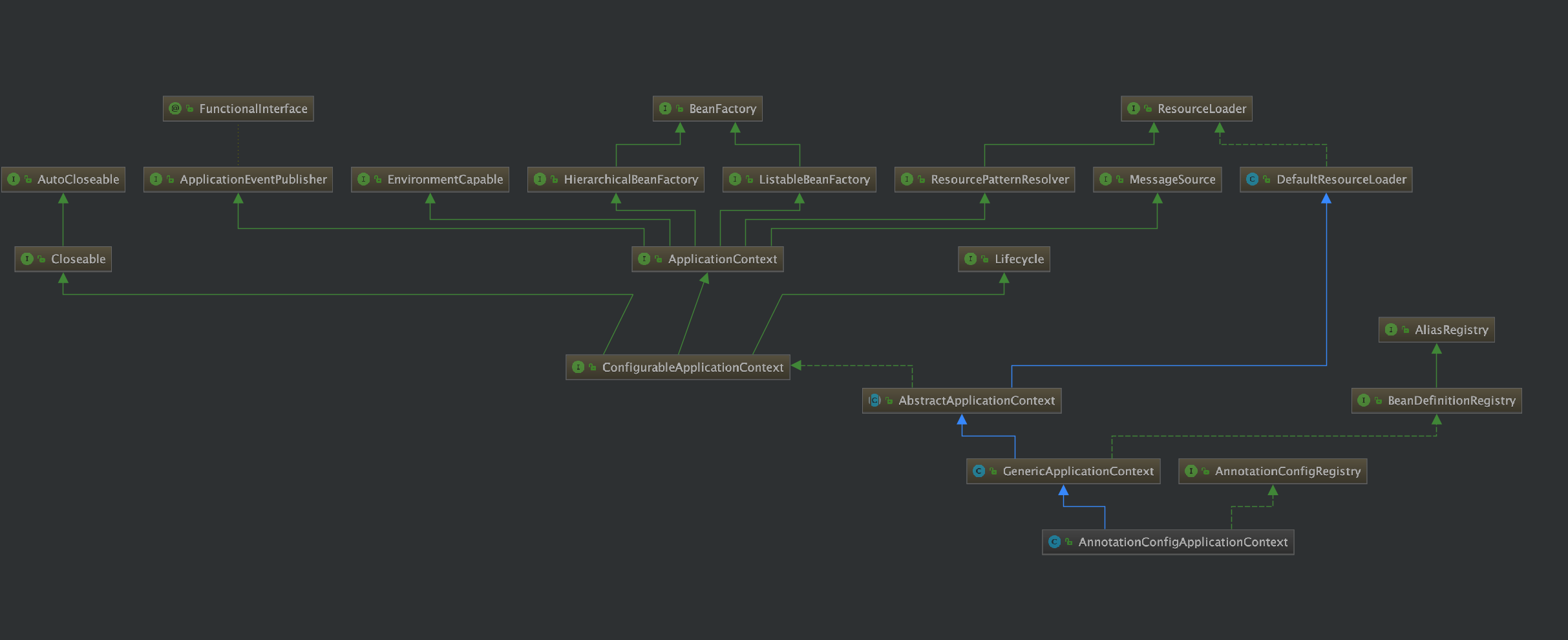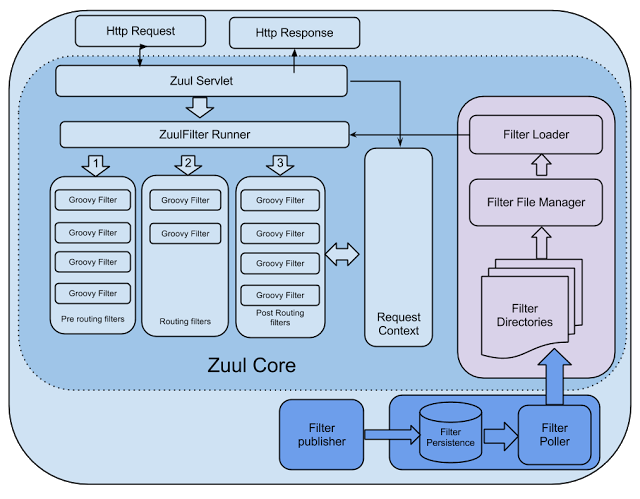

个人技术文章记录

能力说明:
了解变量作用域、Java类的结构,能够创建带main方法可执行的java应用,从命令行运行java程序;能够使用Java基本数据类型、运算符和控制结构、数组、循环结构书写和运行简单的Java程序。
暂时未有相关云产品技术能力~
阿里云技能认证
详细说明2020年05月
 发表了文章
2020-05-18 13:05:24
发表了文章
2020-05-18 13:05:24

 发表了文章
2020-05-13 15:22:25
发表了文章
2020-05-13 15:22:25
 发表了文章
2020-05-13 15:07:38
发表了文章
2020-05-13 15:07:38
2020年04月
 发表了文章
2020-04-09 15:02:53
发表了文章
2020-04-09 15:02:53

2020年03月
 发表了文章
2020-03-05 13:10:26
发表了文章
2020-03-05 13:10:26
 发表了文章
2020-05-18
发表了文章
2020-05-18
 发表了文章
2020-05-13
发表了文章
2020-05-13
 发表了文章
2020-05-13
发表了文章
2020-05-13
 发表了文章
2020-04-10
发表了文章
2020-04-10
 发表了文章
2020-04-09
发表了文章
2020-04-09
 发表了文章
2020-03-05
发表了文章
2020-03-05
 发表了文章
2019-05-05
发表了文章
2019-05-05
 发表了文章
2019-05-05
发表了文章
2019-05-05
 发表了文章
2019-03-24
发表了文章
2019-03-24
